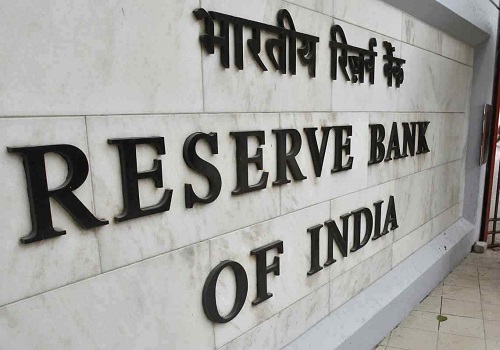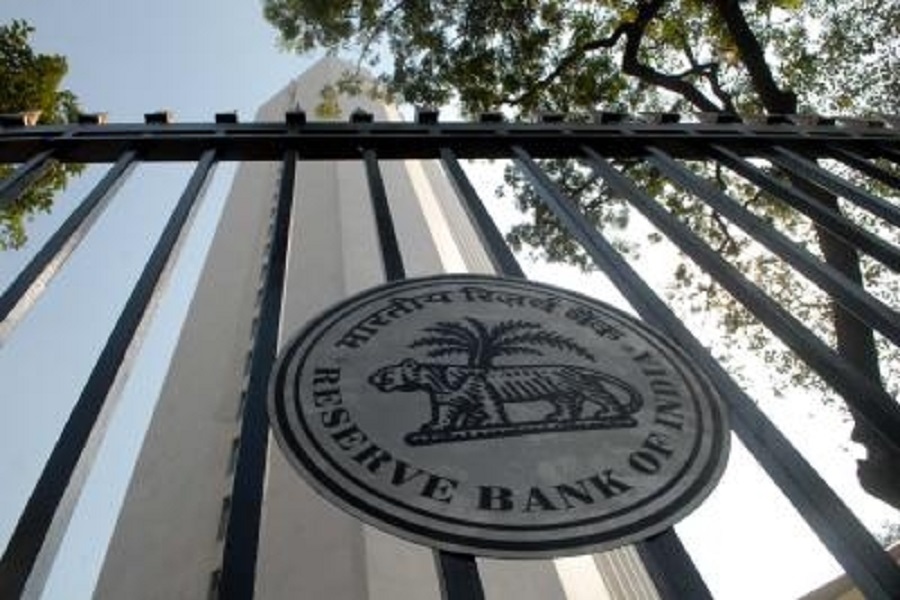Quote on Bonds Have Feelings To by Suyash Choudhary, Head - Fixed Income, Bandhan AMC

Below the Quote on Bonds Have Feelings To by Suyash Choudhary, Head - Fixed Income, Bandhan AMC
Ever since the rate cut that didn’t feel at all like a rate cut, bond markets have been finding it difficult to regain their footing. While RBI maintains that bond prices find their own level, there are nevertheless plenty of signals here for the central bank to infer that something hasn’t gone as per plan. Even the 5 year government bond yield, which should be one of the greatest beneficiaries of the rate cuts, has steadily risen over the past two weeks and is around 20 bps higher (at the time of writing) from the lows touched in early June. Meanwhile, the long end of the curve seems to have achieved escape velocity yield-wise. This is all the more strange given the hard work government has done over the past few years to clean up fiscal accounts, consolidate the deficit, and provide a credible road-map on debt to GDP management for the future. Not just that, India continues to be globally considered favorably macro-stability wise and is now a top 5 market economy. One must confess, therefore, to being a trifle disappointed when the RBI leadership recently compared current term spreads with history when the context, in no small part due to committed efforts from the government, is now quite different. Also, the point about term spreads being much lower than the pandemic period is of little solace: term spreads over the pandemic were exceptionally high since the government had to double its deficit whereas RBI had cut effective overnight rate to the mid-3s.
A point of clarification before we proceed: one doesn’t imply here that Indian bonds should be immune to global volatility including the recent escalation in geo-political risks. However, what is happening in the market seems beyond that and has been underway largely since the June RBI policy.
Unlike for example the US, long end yields in India aren’t rising for any fundamental reason like fiscal concerns. Quite the contrary, as noted above, the Indian government has been exemplary with its commitment to fiscal consolidation. Neither is there any serious market expectation that any revision to the fiscal approach is imminent. Instead, long end yields in India are rising simply because supply of such bonds was raised over the past few years to accommodate larger demand from provident funds and insurers but hasn’t been readjusted back even as that demand has tapered. The lack of more active recalibration of supply, despite (one hears) feedback from the market, is thus the reason for this aggressive curve steepening and not any ‘penalty’ that the market is levying for fiscal uncertainties. Not that anyone is looking, but the valuation distortion here can be measured in other ways as well. Example: Spreads on SDLs are quite thin at the long end over central government bonds. Also, if the RBI continues to get the transmission it wants, you may be able to raise a home loan within 75 bps of where the sovereign is borrowing long term money.
To reiterate then, the fundamental reasons for holding the long end remain intact: India has credible macros and Indian bonds are still in FPI discovery phase, even as flows here have temporarily halted. We fully expect a period over the next few quarters where, as hard US data starts breaking, US bond yields will likely fall alongside the US dollar (the latter is already in play). This should start pushing back flows into emerging market duration bonds. Put another way, and this is true for local investors as well, we are just entering the phase where you buy fixed income for relative value versus other assets given the overall macro-cycle context, as well as for the starting valuations that bonds offer relative to your economic fundamentals. As against that, so far most of the bond story has been purely about rate cuts. The obvious underlying point is that term spreads keep fluctuating basis other factors and are currently quite high. Thus there is enough room for bonds to perform with no further cuts to the overnight rate, even as further such cuts may very well be forthcoming if the global growth cycle continues slowing.
A final point about relative value. The first flush of commentary post the last 50 bps rate cut was centered around advocating 3 year corporate bonds. 3 year PSU corporate bonds were circa 6.35 – 40% in the immediate aftermath of the rate cut. However, credit growth in India isn’t falling off even as it has weakened. Hence demand for funds will sustain, even as the pressure on funding has been completely removed with proactive steps from RBI. Thus there is a floor to 1 year bank CDs which as a working assumption we are keeping around 6.15% (currently they are closer to 6.40%). Given that it is logical to expect some steepness towards the bottom of the repo cut cycle, and also accounting for relatively less liquidity in corporate bonds when compared with CDs, it is difficult to envisage 3 year PSU corporate bond yields sustaining meaningfully below 6.35%. Correspondingly, one should expect reasonable NBFC spreads over underlying PSU bonds when rates are low, since NBFC business models are fund intensive and their lending spread cushions are high.
That said, yields even on 3 year corporate bonds have retraced substantially since the RBI policy and now offer reasonable value, so long as one expects limited mark-to-market gains. If the pursuit is mark-to-market gains, however, then government bonds seem much better poised with the recent sell off having revealed clear value in 2 segments, in our view: 6 – 8 years and 30 years. The former is good consideration space for short and mid duration funds to play whereas the latter remains our segment of choice for dynamic and gilt funds.
Above views are of the author and not of the website kindly read disclaimer










More News

India to Remain Fastest-Growing Economy in 2025-26: RBI by Amit Gupta, Kedia Advisory













